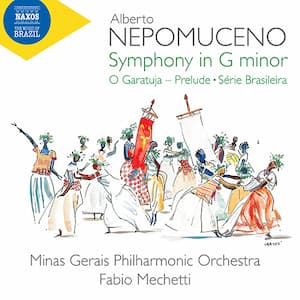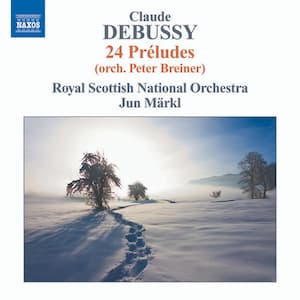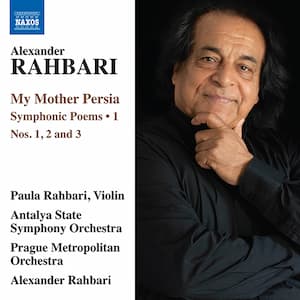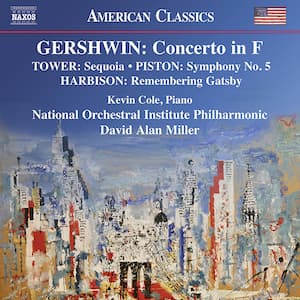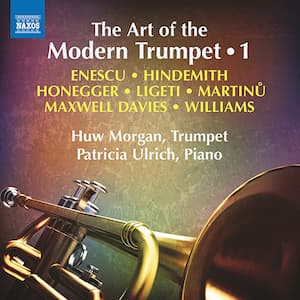Slowly, sleepily, and lasciviously, the faun awakes. So begins Debussy’s Prélude à l’après-midi d’un faune, taking us to the imaginary world of a mythical creature. The work should really be entitled Prélude à ‘l’après-midi d’un faune’ because it is a
Archives
Ferdinand Thieriot (1838-1919) started his musical studies, like Brahms, in Hamburg on piano with Eduard Marxsen before going on to Munch for organ studies with Josef Rheinberger and cello studies in Dresden with Friedrich August Kummer. Supported by Brahms’ recommendation,
American composer Charles Tomlinson Griffes (1884-1920) started his piano studies in upstate New York before doing further study in Berlin. He then started studying composition, working for a while with Engelbert Humperdinck. When he came back to the US in
Alberto Nepomuceno (1864-1920) oversaw the transition of classical music in Brazil between the 19th and 20th centuries. After a youth in northeast Brazil in the city of Recife, in 1884 he moved to Rio de Janeiro, making his debut as
In French legends, there are many connected with the sea. One of the most interesting, however, is Debussy’s take on the long-ago city of Ys, which was engulfed by the sea and rises occasionally, to be seen on clear days.
Iranian composer Alexander Rahbari (b. 1948) had his compositional talent recognized before he was a teenager and when still a youth, agreed to a contract with the Iran Ministry of Culture to write a monthly piece of music. As a
American composer John Harbison (b. 1938) had a family connection with F. Scott Fitzgerald (1896-1940) through his uncle who had been a member of same club at Princeton as Fitzgerald. After his first 2 operas failed, Harbison took up Fitzgerald’s
György Ligeti’s 1977/1996 opera Le Gran Macabre was commissioned by the Royal Opera in Sweden. It operated both as a summary of the previous 25 years of his compositional work and an overview of the human condition from ‘sex to




